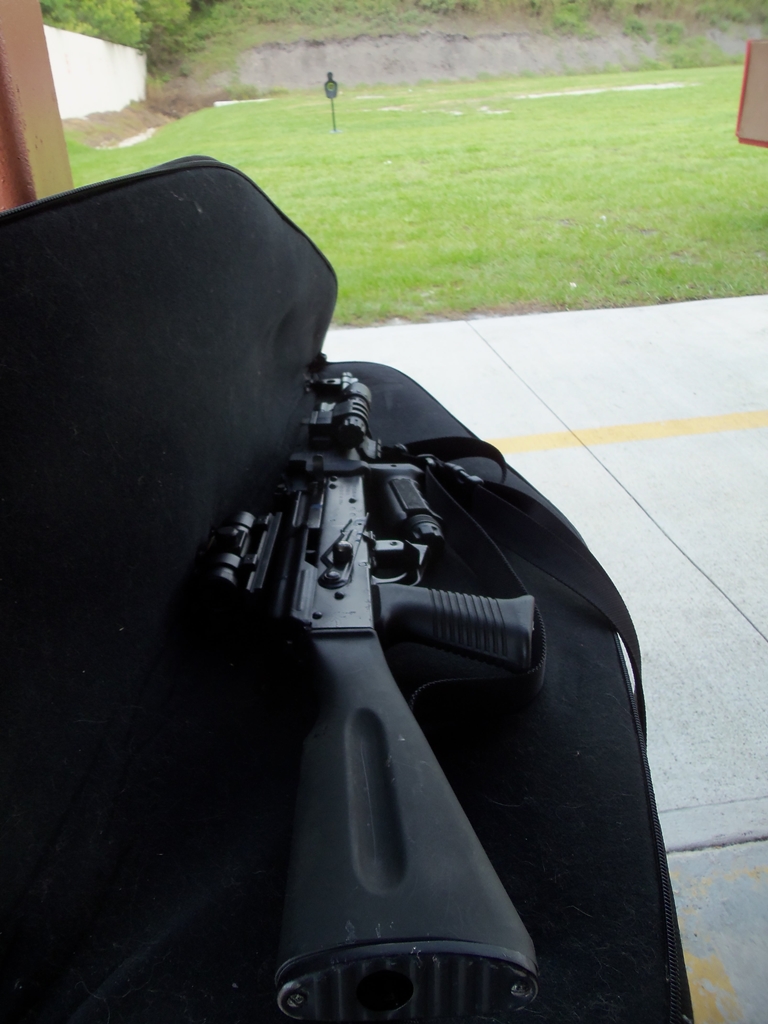The Stanford Prison Experiment
This famous experiment was conducted in August 1971. The researcher had placed an ad in the Palo Alto City newspaper.
70 people replied and were brought in for interviews. According to Zimbardo, the lead researcher, these were “diagnostic interviews”. The term “diagnostic interview” was understood to mean looking for mental instability or particular sadistic tendencies in the respondents. The interviews were also used to eliminate respondents with “medical disability or history of crime or drug abuse”.
After the interviews, they were left with 24 participants.
This is the very first point of contention. There are many articles that discuss how these elimination interviews were not screening for the right psychological indicators. This is an open question because different people can have different opinions on what are disqualifying indicators.
One article question if the diagnostic interviews tested for BDSM tendencies. As shown about, the understanding was that sadistic tendencies were tested for, but the actual description by Zimbardo does not explicitly state that exclusion.
Also note, there are many articles that reference or discuss the SPE, there are books and movies about it. What I was unable to find is the original peer reviewed publication. The quotes I am using come from a 1975-slide show that Zimbardo prepared.
The way the experiment began, again according to Zimbardo, was:
The car entered the station, the suspect was removed, brought inside the station, formally booked, again warned of his Miranda rights, fingerprinted, and a complete identification made. The suspect was then taken to a holding cell, where he was left blindfolded to ponder his fate and wonder what he had done to get himself into this mess.
Blindfolds are not part of normal police procedures. Before the victim even arrives at the mock prison, they have already been treated outside the normal practices.
One of the things to note is that Zimbardo was a prison reform activist. To set up his mock prison, he “called upon the services of experienced consultants”. His primary consultant was Carlo Prescott, a convicted felon with seventeen years in San Quentin, Soledad, Folsom and other prison.
His other consultants came from a pool of other ex-convicts and correctional personnel.
This would be the equivalent of somebody wanting to find out how access to guns effects people, and then hiring Giffords as their lead consultant. With their other consultants being experts recommended by Giffords, such as Brady, March for Our Lives, and Everytown.
As part of their mock prison, they created a punishment cell, called “The Hole”. It was a 2×2 closet. If you read The Gulag Archipelago: An experiment in Literary Investigation you will find a section where Solzhenitsyn talks about prisoners being tortured by being placed in an out building about 2 by 2 with countless bugs.
It makes me think that maybe Zimbardo might have heard some speeches by Solzhenitsyn and decided to implement parts of that narrative as part of his mock representation of an American prison.
From the point the prisoners are brought into the mock prison, they are treated in a manner to break them.
The prisoners were issued a smock, no underclothes, a pair of rubber sandals, a hair cap. They were fitted with a chain to their ankle.
Again, not at all normal.
I’m disgusted at what I’m reading. More so because Zimbardo is proud of his work.
He used this work to try to change people’s opinion of prison life. To imply that all prison personal were petty, sadistic, dictators.
In 2019, Thibault Le Texier published his paper “Debunking the Stanford Prison Experiment”
In other words, as a commentor pointed out on my article about Ordinary Men, there is a strong likelihood that the SPE is bad science.


